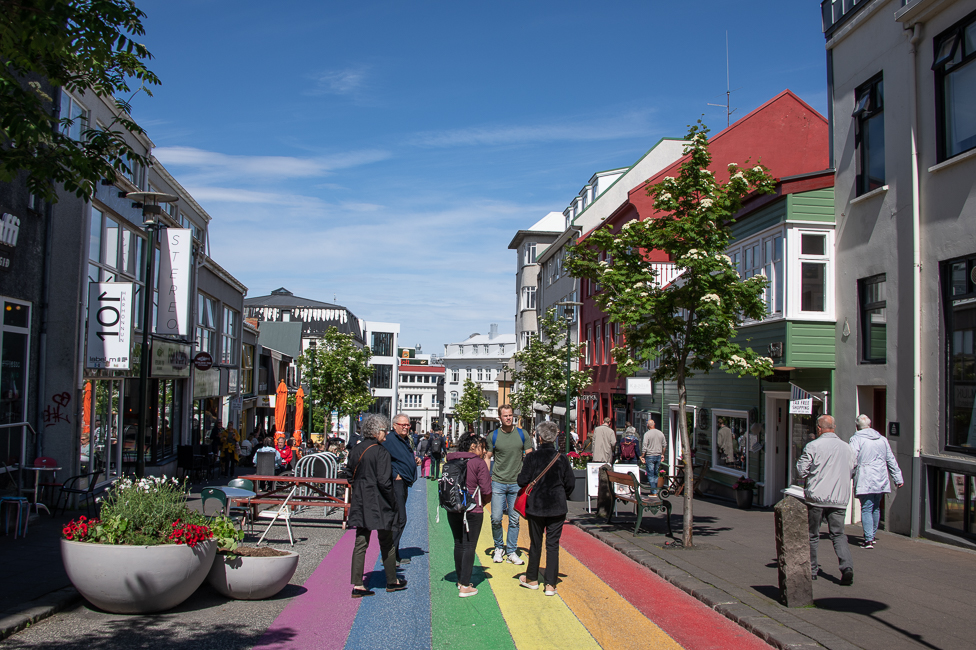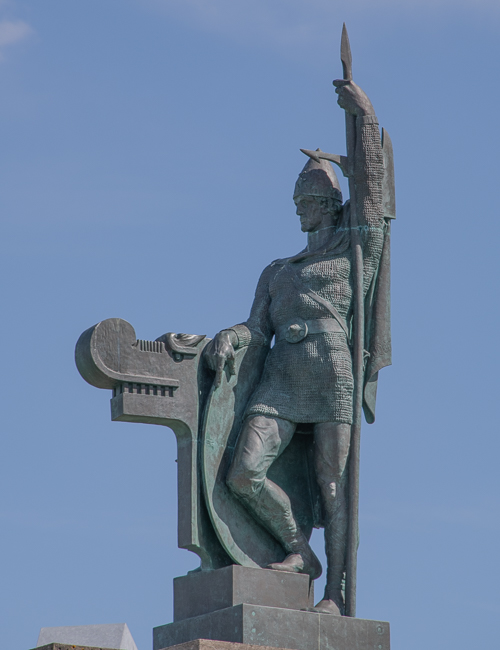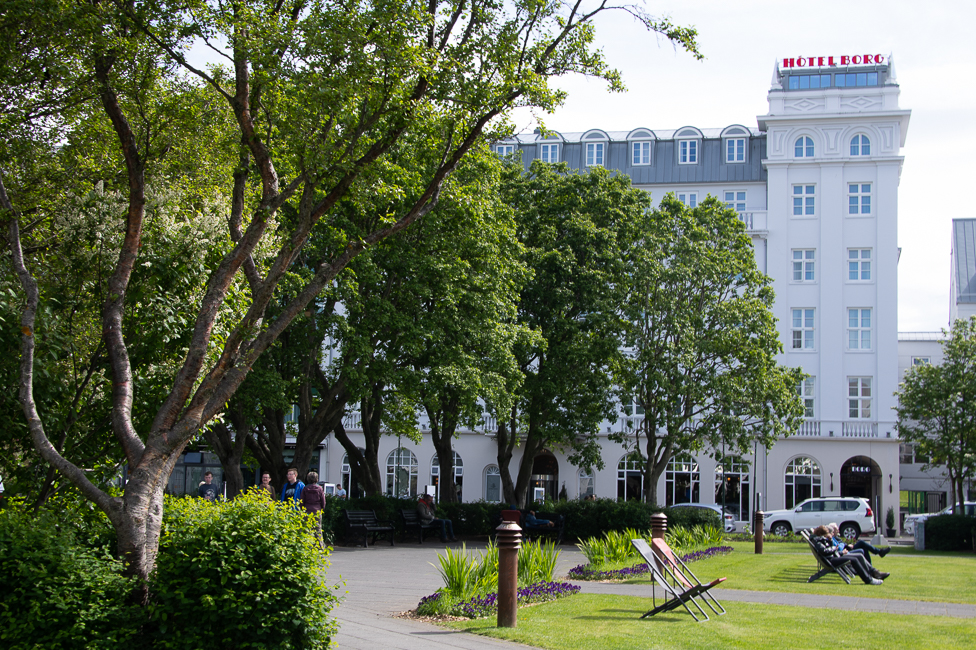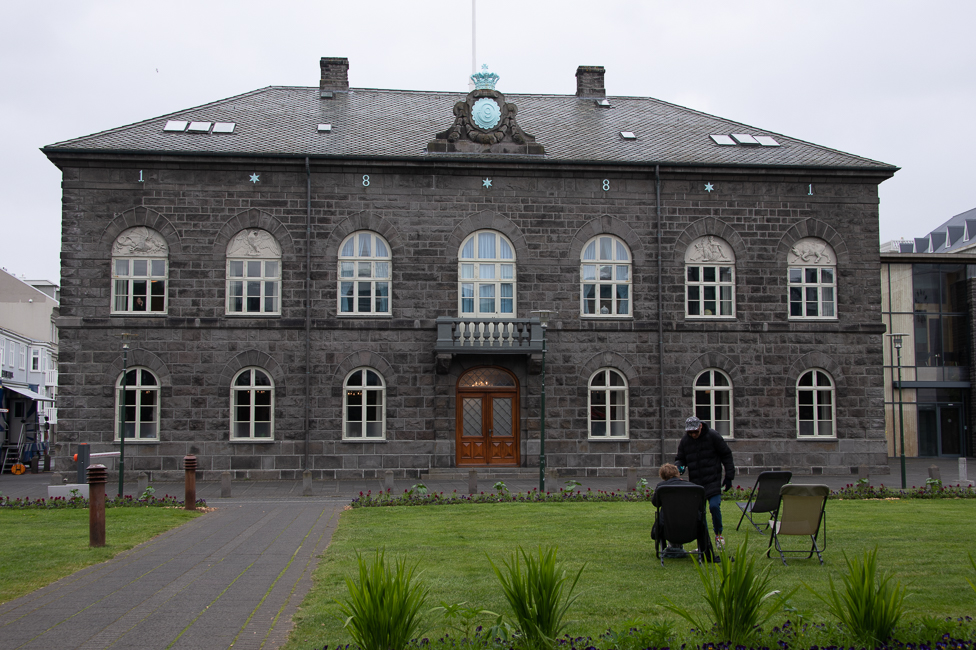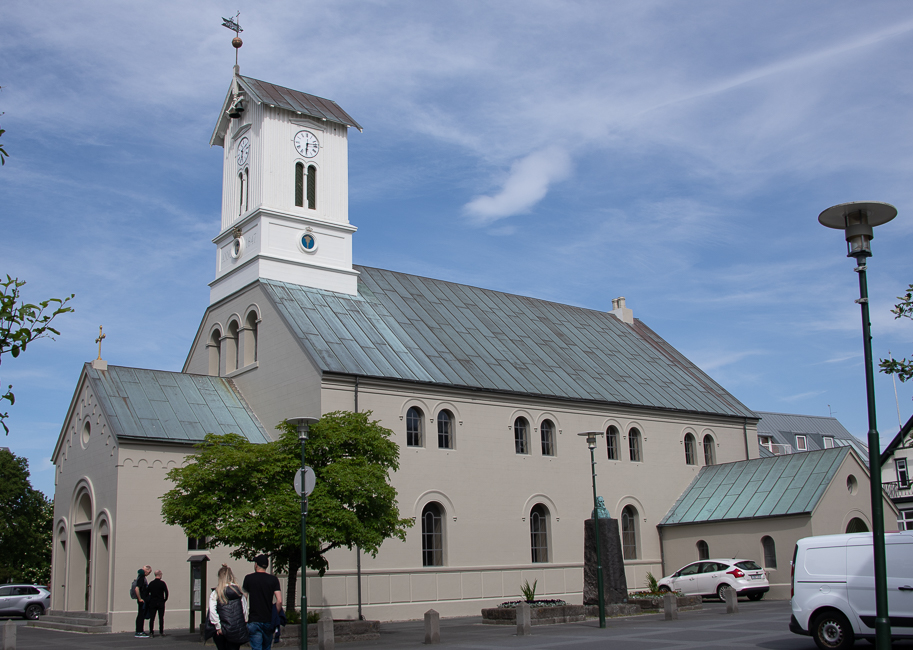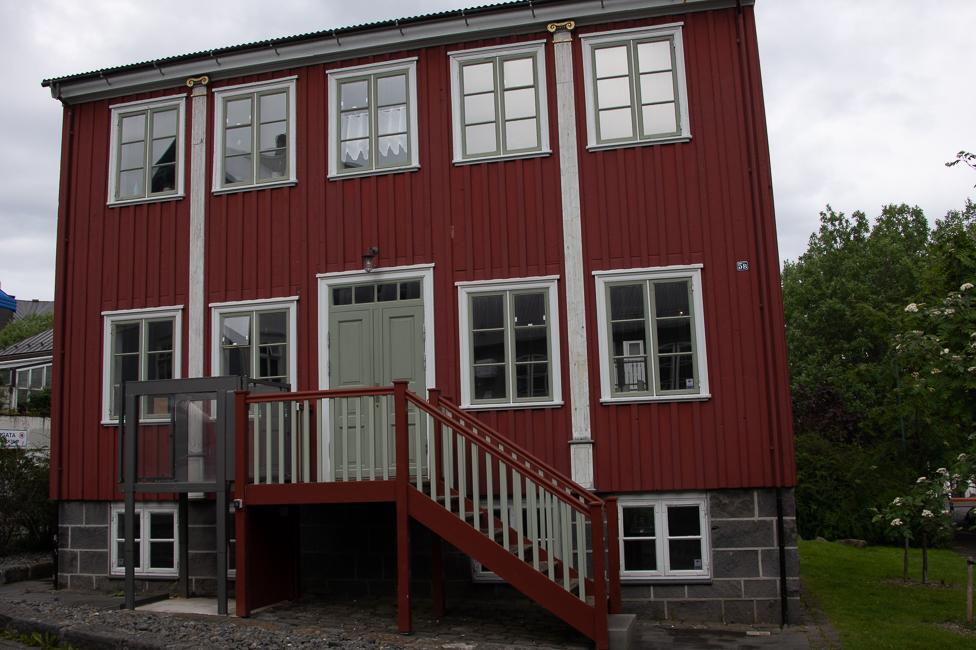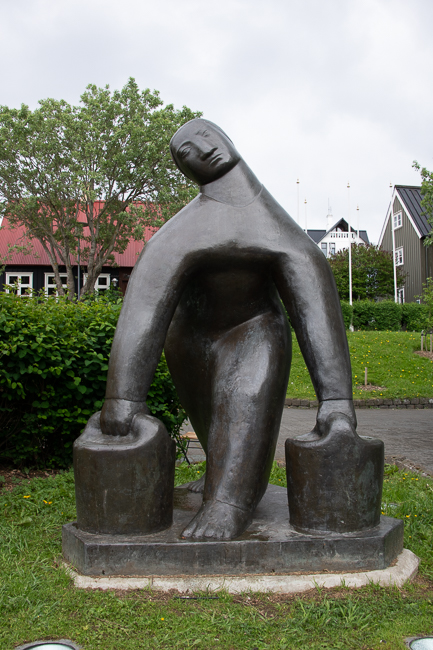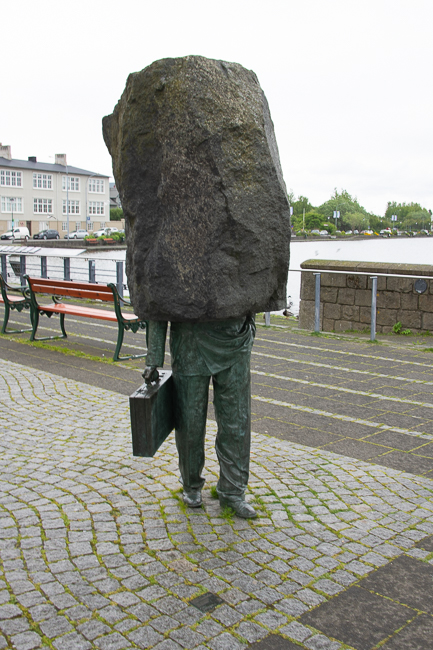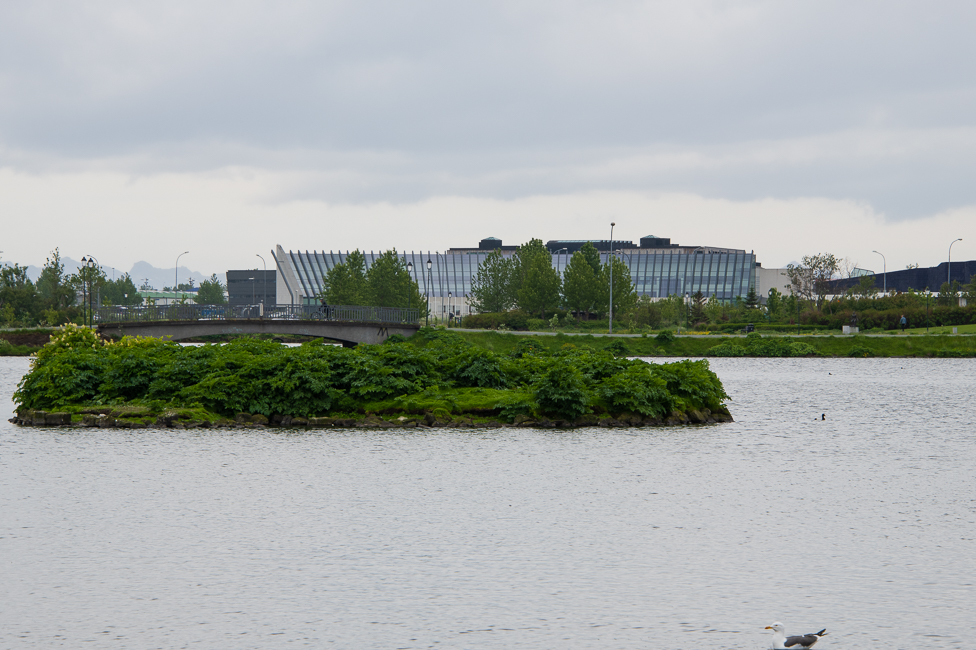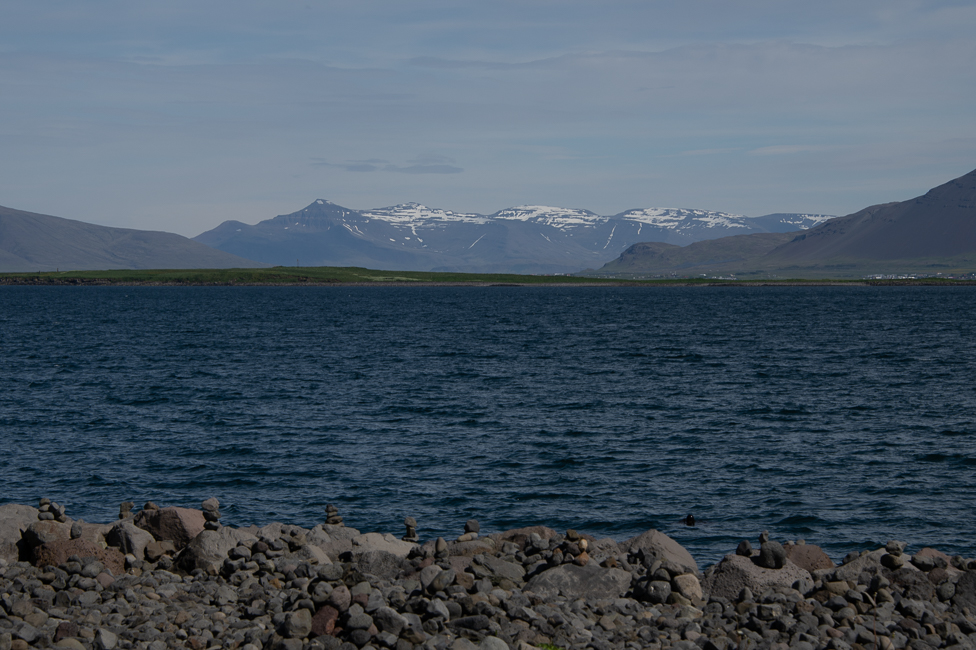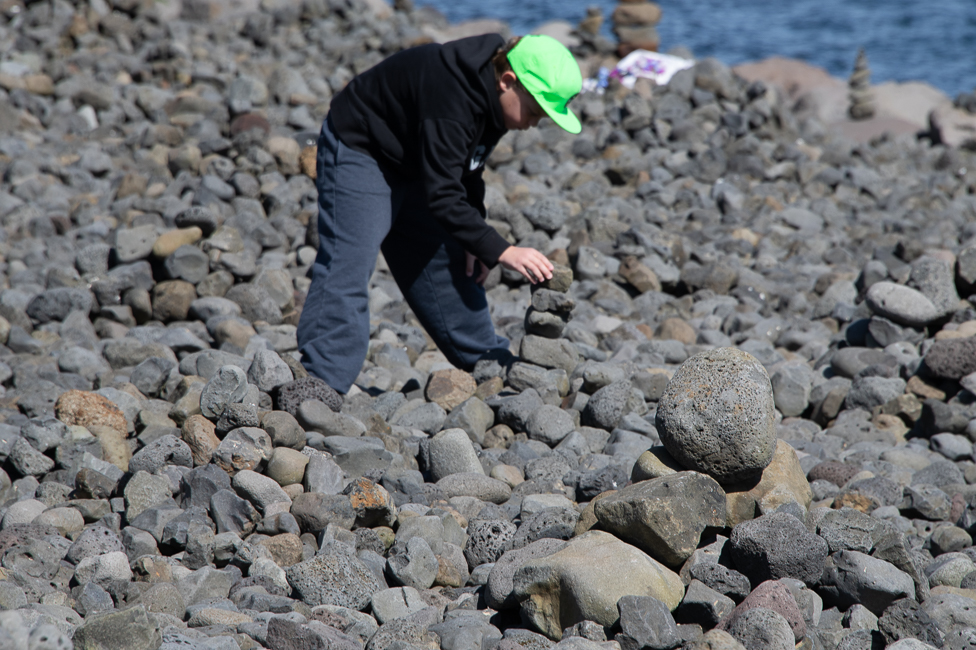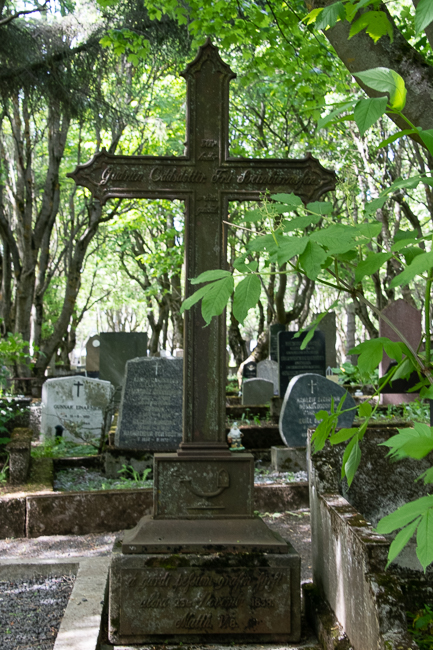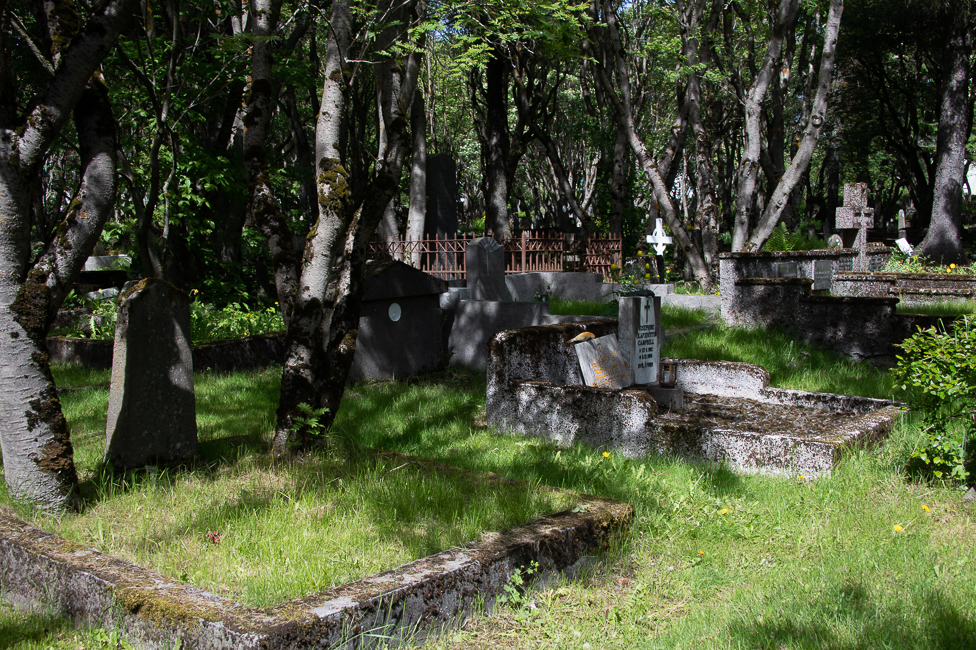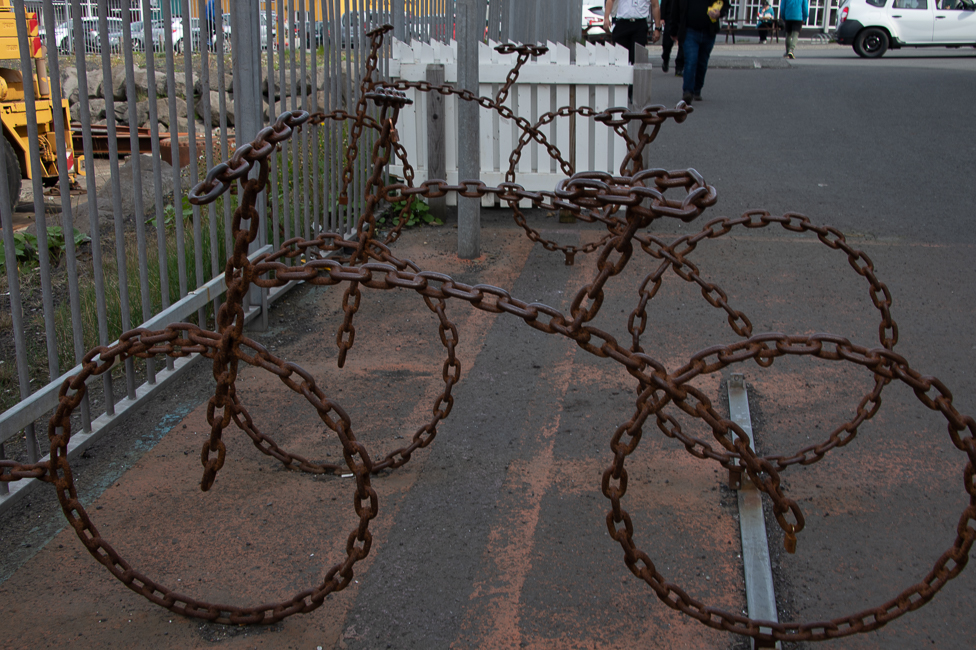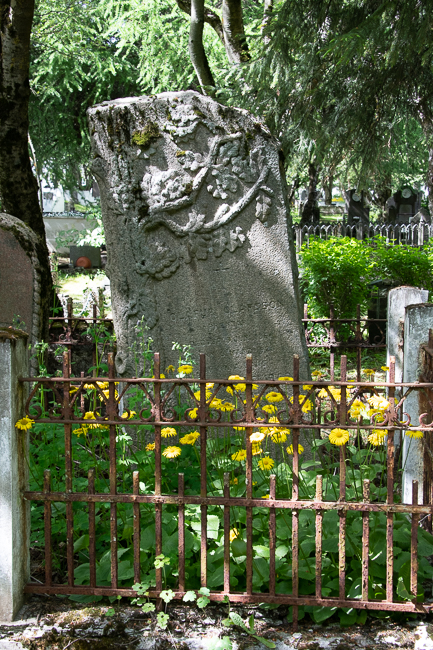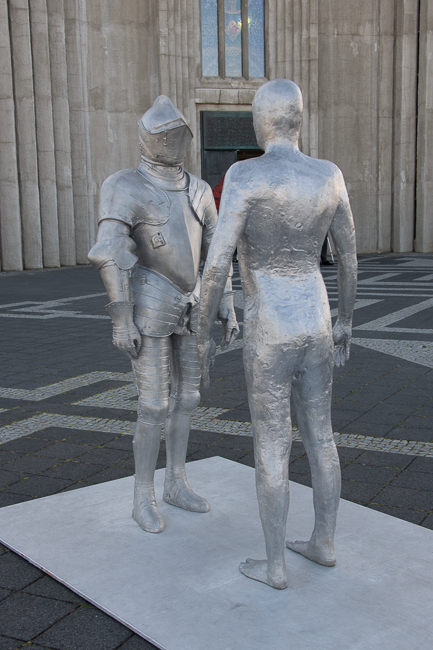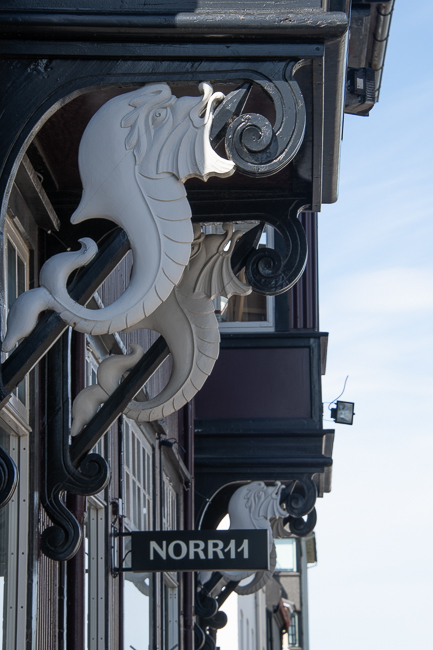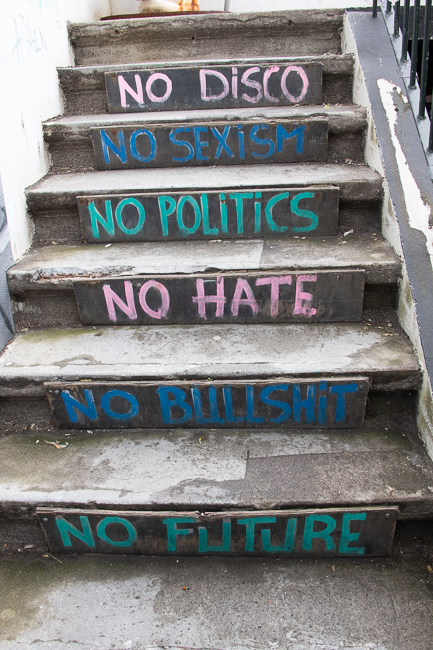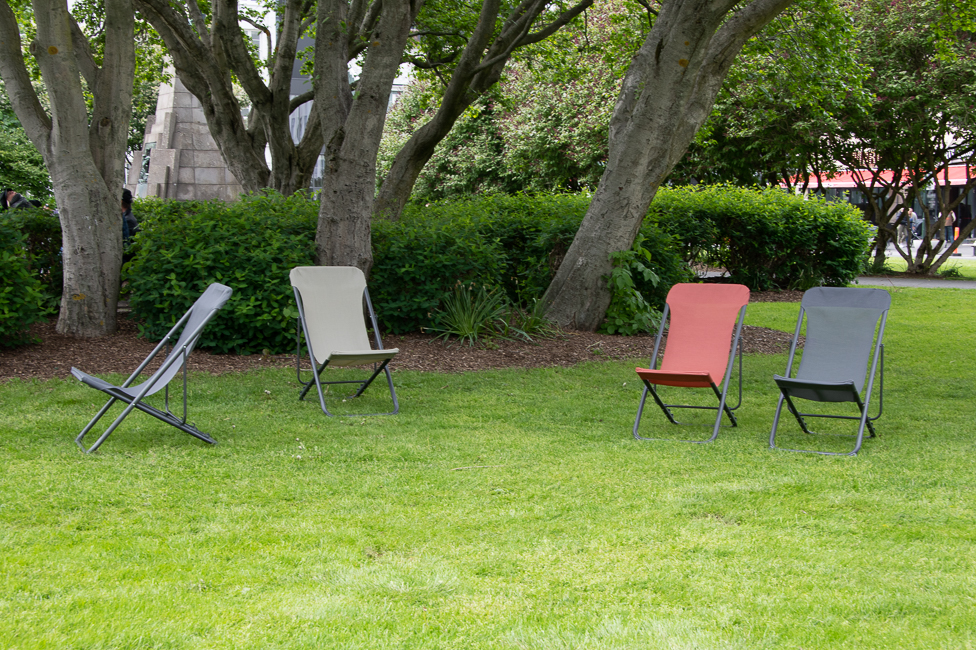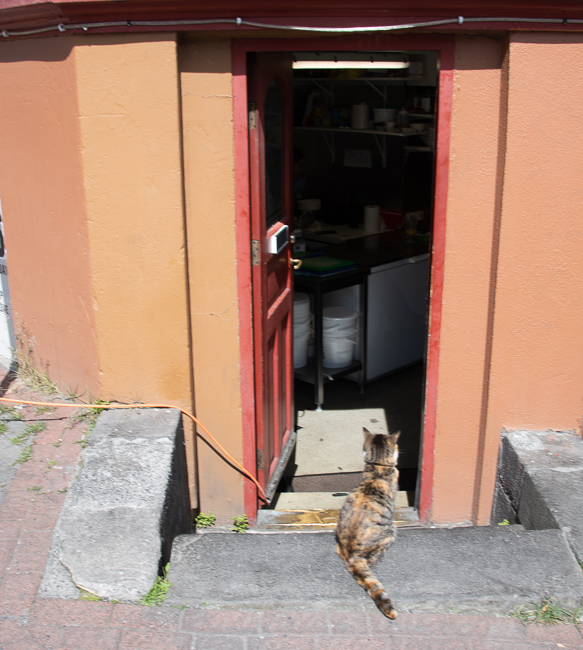June 2022
I fell in love with Reykjavik the moment I stepped out of my hotel. It is at a scale that is so very livable. Most of the streets are car free and those that are not are pedestrian, scooter and bike dominated so that the cars go so slow you wonder why they are even there.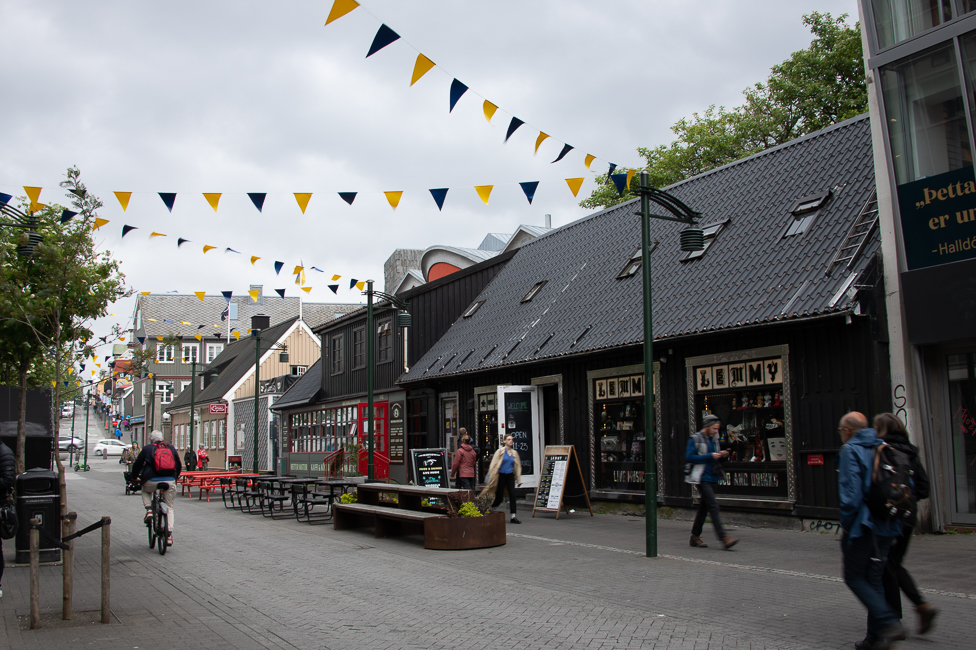
Because of that there is a large cafe scene, at least when the weather is nice.
Reykjavík is believed to be the location of the first permanent settlement in Iceland, which, according to Landnámabók, was established by Ingólfr Arnarson in AD 874. The Landnámabók is a medieval Icelandic written work which describes in detail the settlement (landnám) of Iceland by the Norse in the 9th and 10th centuries CE.
The city was officially founded in 1786 as a trading town and grew to what it is today a national center of commerce, and governmental activities. It is among the cleanest, greenest, and safest cities in the world.
I am staying in the historic art deco Hotel Borg which sits right on Austurvöllur square. The hotel was built by wrestling champion Jóhannes Jósefsson, who made a fortune as a circus performer in America.
Austurvöllur square is the center of Reykjavik. Around the square you will see hotels, cafes and the government buildings of Iceland.
Iceland’s Parliament Building sits on the square. Built in 1880 it is covered with dark gray dolerite, a volcanic rock similar to volcanic basalt. Designed by the Danish architect Ferdinand Meldahl, it is today one of the oldest stone buildings in Iceland.
Sitting just slightly off the square is Domkirkjan. This wooden structure dates to 1796 and is the seat of the Lutheran bishop of Iceland.
This house stands in the oldest part of Reykjavik and is called Gröndal‘s House after its former owner, the writer, artist and scholar Benedikt Gröndal, who lived in the house from 1888 until his death in 1907.
I stopped to admire it because of a sign with one of Gröndal‘s sayings:
“Books are people. Or, to put it another way, people’s spirits live in them; though the authors be long-dead, they speak to us through their books.”
Reykjavik is filled with public art, it is a paradise for people like me.
The Unknown Bureaucrat sits in front of Tjörnin which means mountain lake, although due to its shallow depth the locals simply call it the pond.
Every time I walked by the pond there were people sitting on the benches and someone feeding the ducks. During the winter months, Tjörnin freezes over creating a place where Icelanders have been skating since 1892.
Walk just a ways out of the center and you have the ocean.
When I was admiring the view several children were balancing rocks. These balanced rocks can be found anywhere there are rocks in this country. These are Cairns and the tradition of building these is world wide and goes backs hundreds of years, and the purpose for them is as varied as the number of cultures that create them.
Of course I could never visit a place as wonderful as this without a visit to a cemetery. Hólavallagarður opened in 1838 as Reykjavik’s new cemetery, replacing a burial ground used since Viking times. The area is so verdant and I am told it has more trees than any other part of Reykjavik. It is beautifully tended. I ran across some teenagers that were cleaning the graves and planting flowers so I stopped to talk. They are summer hires and they really like working here, despite what their friends think of their jobs.
I chose to show the above grave with its iron cross, as it is the oldest in the graveyard. I read that there is a wonderful Icelandic tradition that the first person buried in a graveyard is its guardian and will protect all the dead who come after. The iron cross is on the grave of Guðrún Oddsdóttir, the guardian, who died in 1838, the year the cemetery opened.
This was just a small taste of this incredible city. Here are some fun random shots.
*
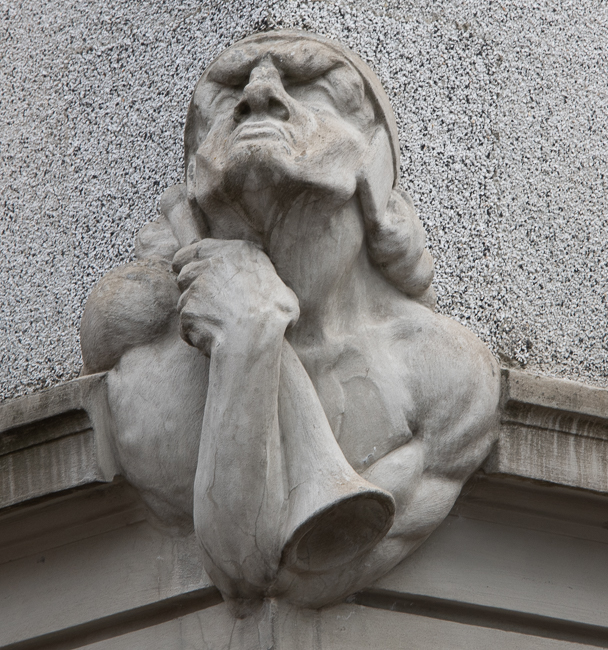
Once the largest building in Reykjavik is now the Apotek Hotel, it sits next to and is owned by the Borg Hotel It was built in 1916/1917, it was influenced by Art Nouveau and Nationalist Romanticism and on the corner is this wonderful piece by Einar Jónsson.
These are part Reykjavík Arts Festival biennial. There is a set of 3, they sit in Hallgrímskirkja square and are by Steinunn Thorarinsdottir
